Tesla’s in a spot of bother. Its sales across Europe have dropped and profits have taken an even more vertiginous slump.
Adding to its woes was the recent news that it was forced to issue its eighth (yes, you read that right) recall of its cubist Cybertruck, this time to remedy its propensity for shedding stainless steel bodywork.
So what’s going on? If you look at many of the headlines, the finger points directly at the company’s controversialist CEO, Elon Musk.
His appetite for attracting attention of the wrong kind certainly hasn’t helped lure customers into showrooms – although it has created a cottage industry in ‘not in my name’ bumper stickers – but as ever the answer is, well, more complicated than that.
For starters, there’s the current tariff situation. Then there’s the fact that Tesla is actually more of a tech company than a car firm, which brings its own challenges.
Like a smartphone manufacturer, it’s all about the software, and in this respect it’s one of the best in the business, streets ahead of the legacy brands (and that also includes its understanding of battery chemistry).
Yet this means it doesn’t follow some of the tried and tested methods of the established practitioners, such as model cycles that include visually appealing mid-life refreshes designed to persuade people to part with their cash for cars that might otherwise be getting close to their sell-by date.
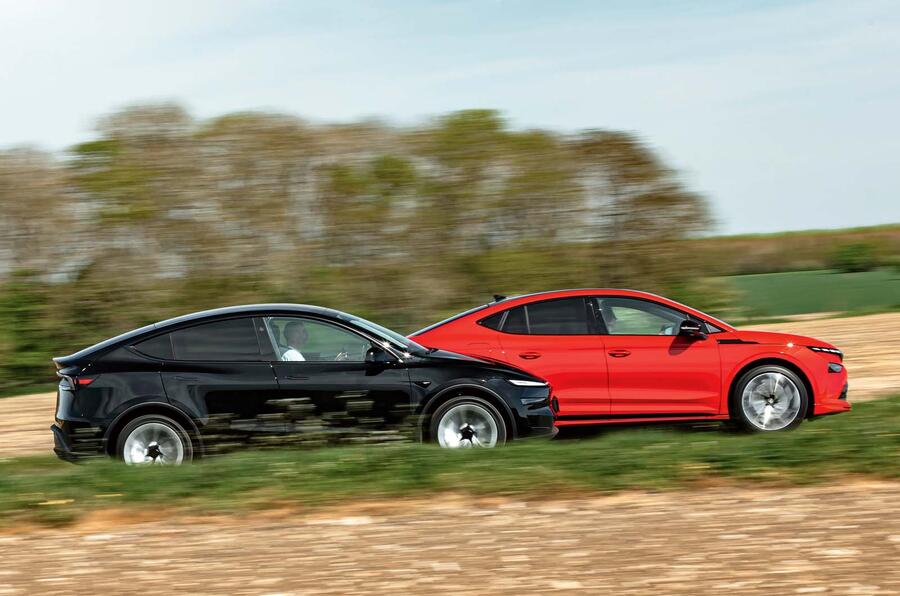
By contrast, Tesla’s line-up comes across visually as a bit old hat, as if the company has been peddling the same, unchanged product from day one. The recent Model 3 ‘Highland’ is a case in point. It’s a thoroughly overhauled car, but to the casual observer it could just as easily be the 2017 original.

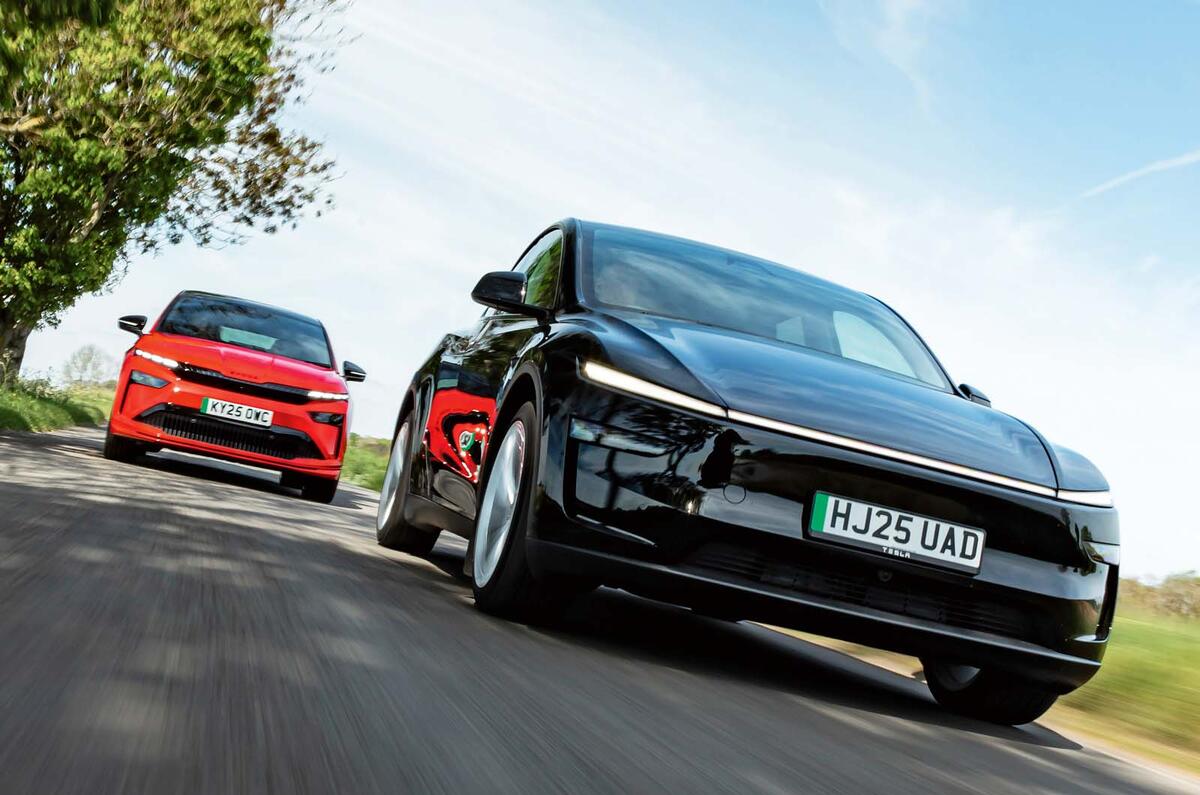
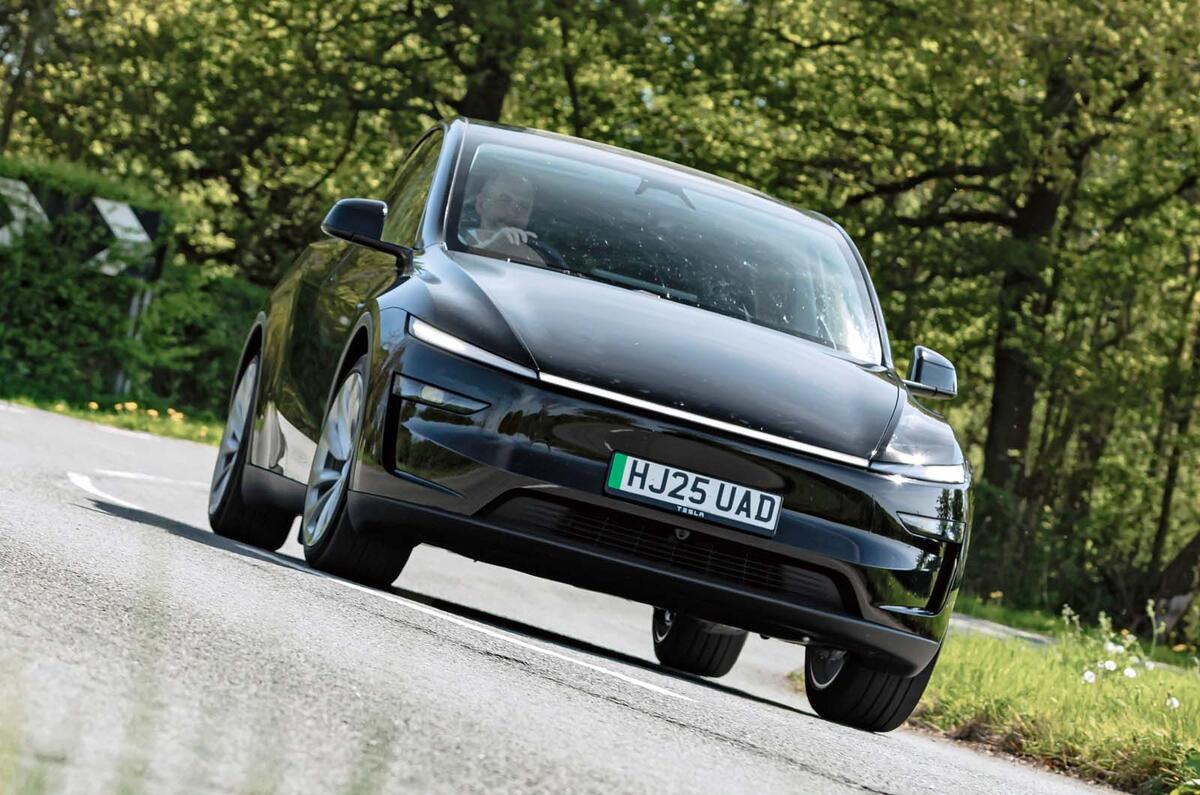

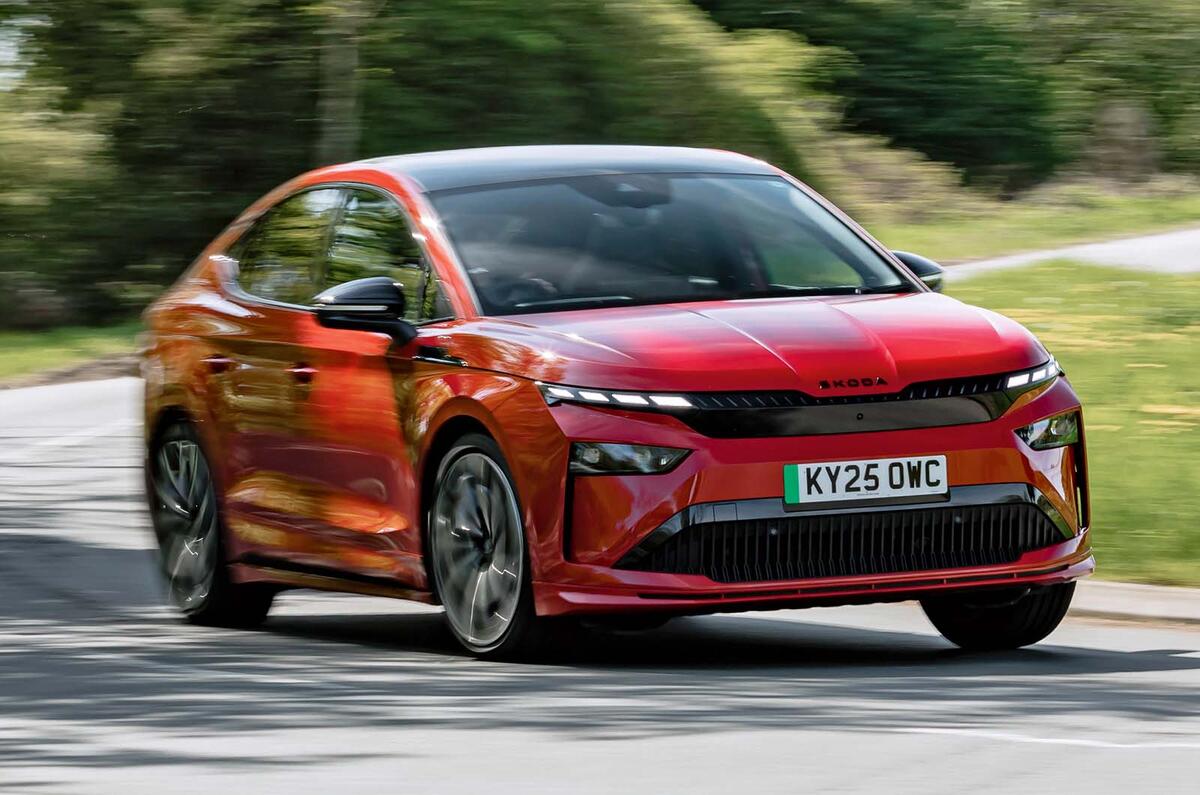
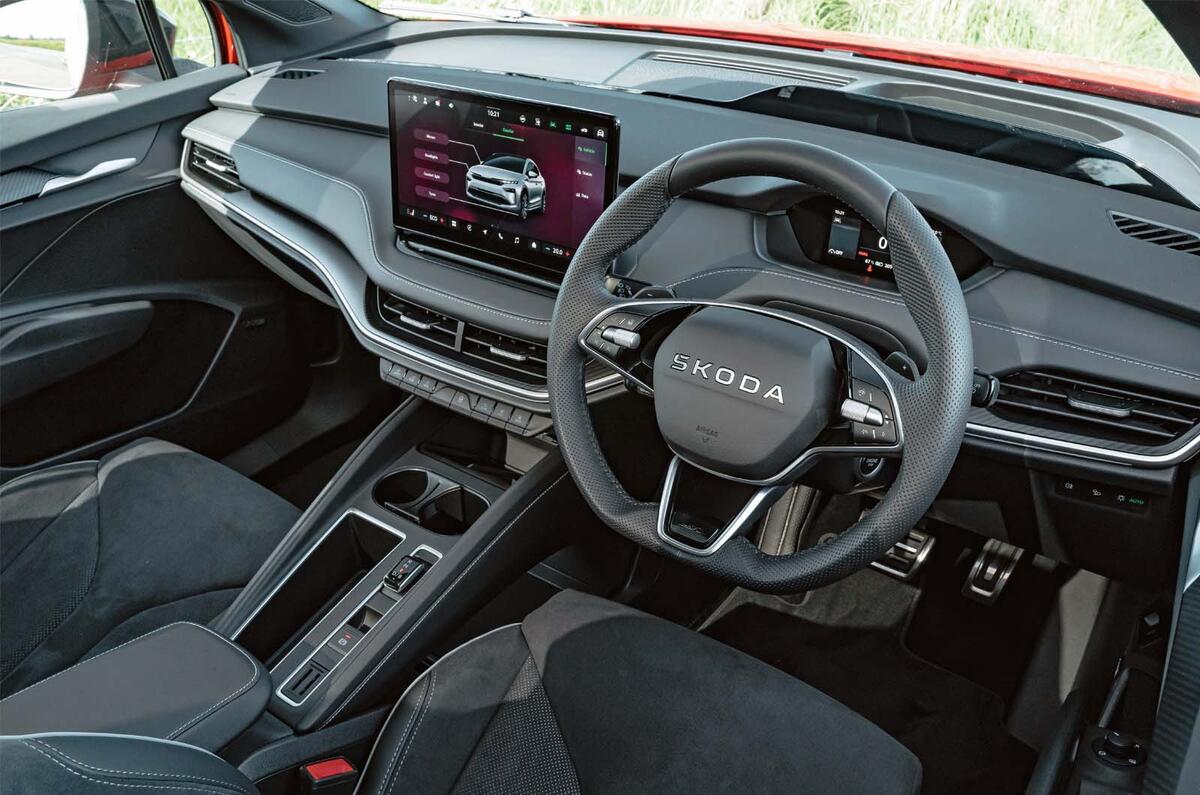
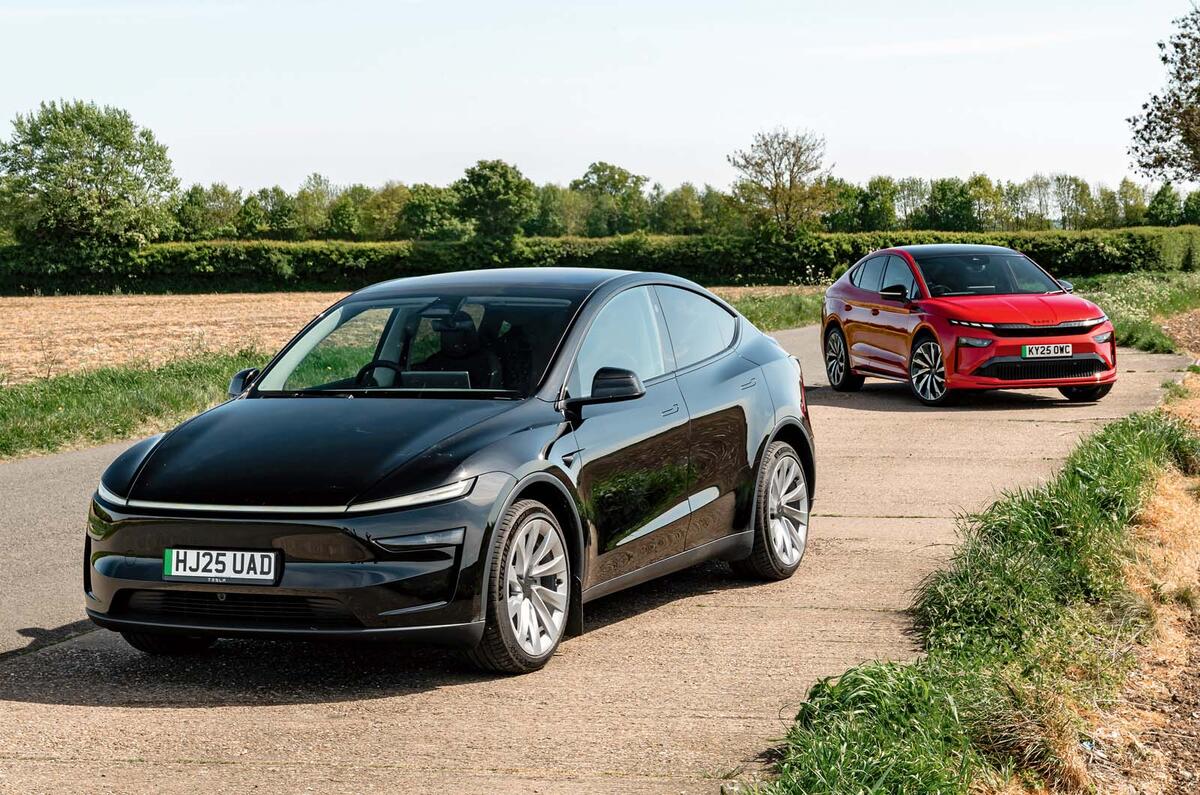



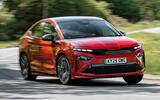





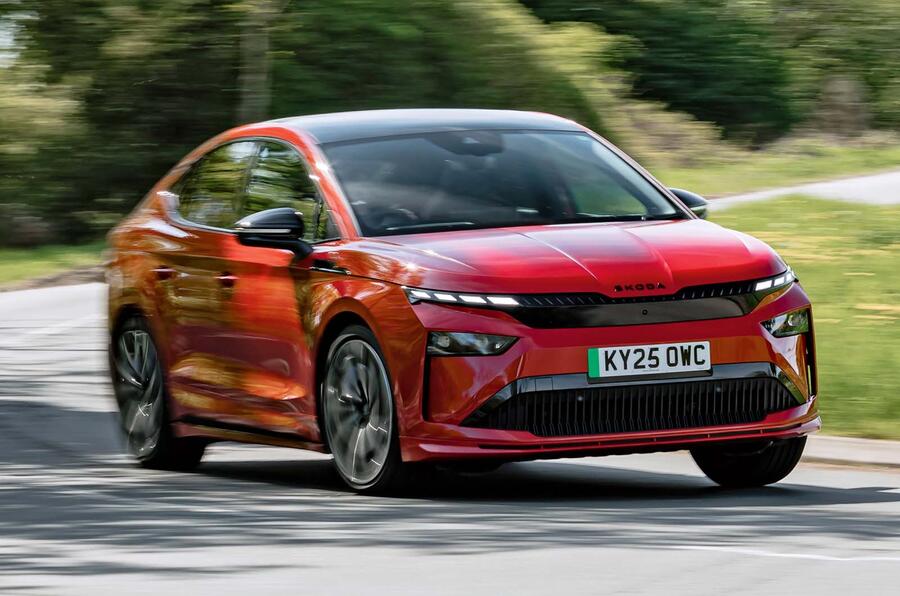

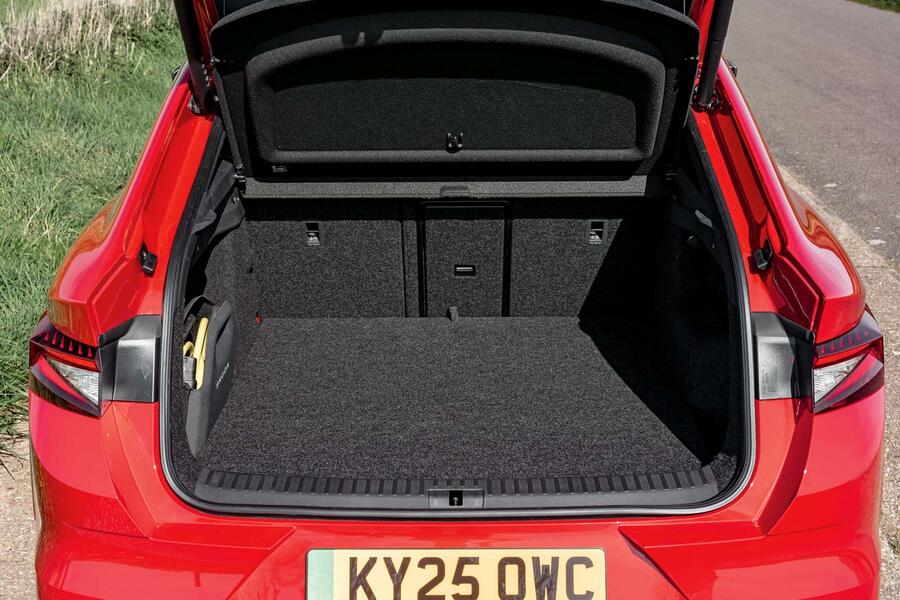
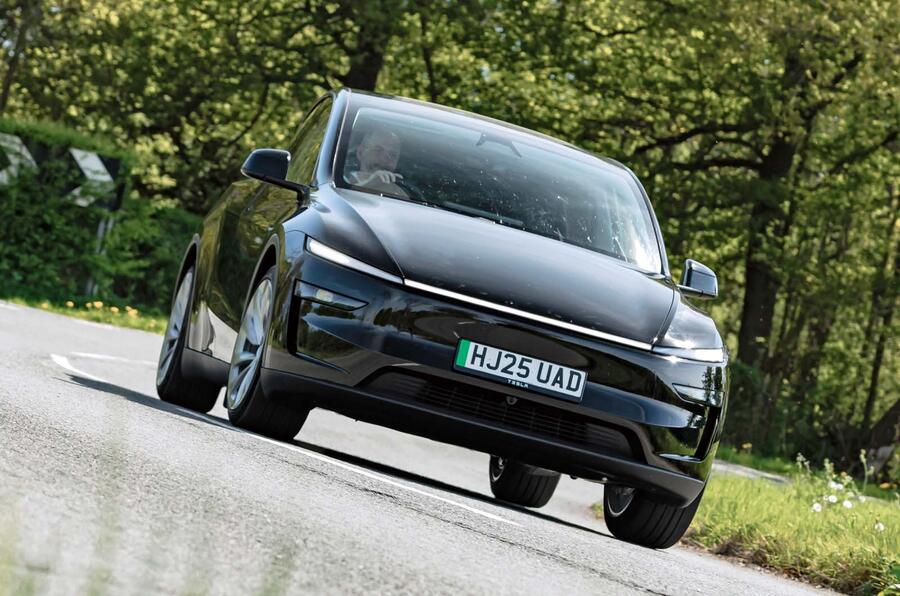
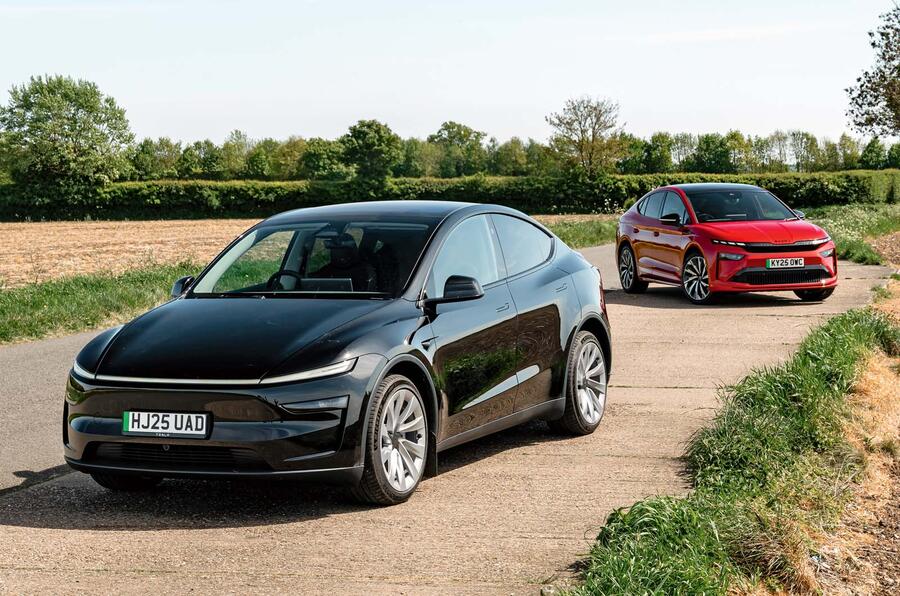
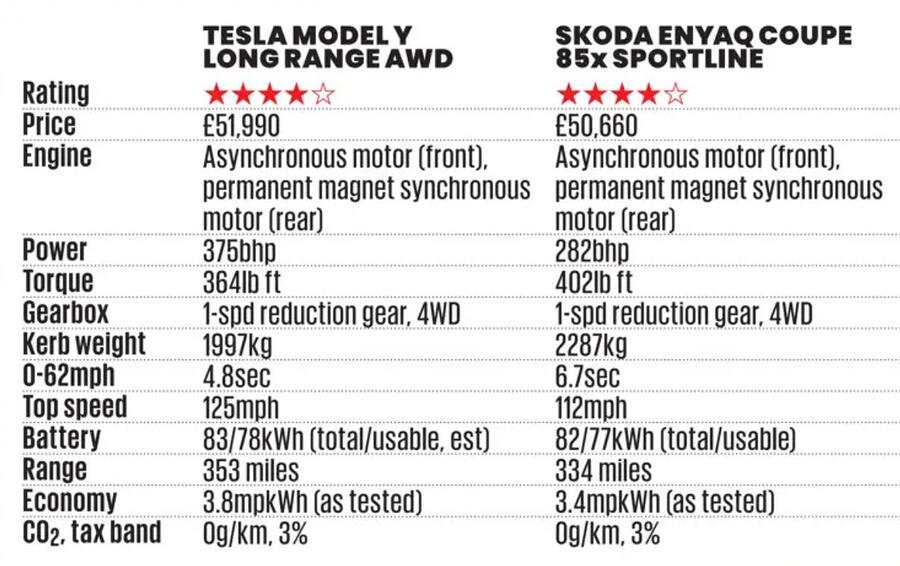





Join the debate
Add your comment
I agree with Auticar's verdict but it still does not persuade me to buy a Tesia. Even if you ignore the Musk factor I just don't like everything being controlled and having to be viewed through the central touch screen. Coupe style SUVs are a complete anachronism so the Skoda is far from the best alternative.
Except there's no way I would pick the "Coupe" version of an Enyac over the estate version. What's the point in a coupe SUV? It's got all the weight and size of the SUV but without the practicality of that extra space at the back. If it looked better that might be one thing but actually it just looks stupid.The Model Y isn't exactly a beauty queen either.
The Model Y seems to have gone from being one of the most awkward SUV designs to being quite a good looking car in one model cycle. Add that it is still clearly the most efficient and cost effective EV SUV it really is a no brainer if you're in this market.